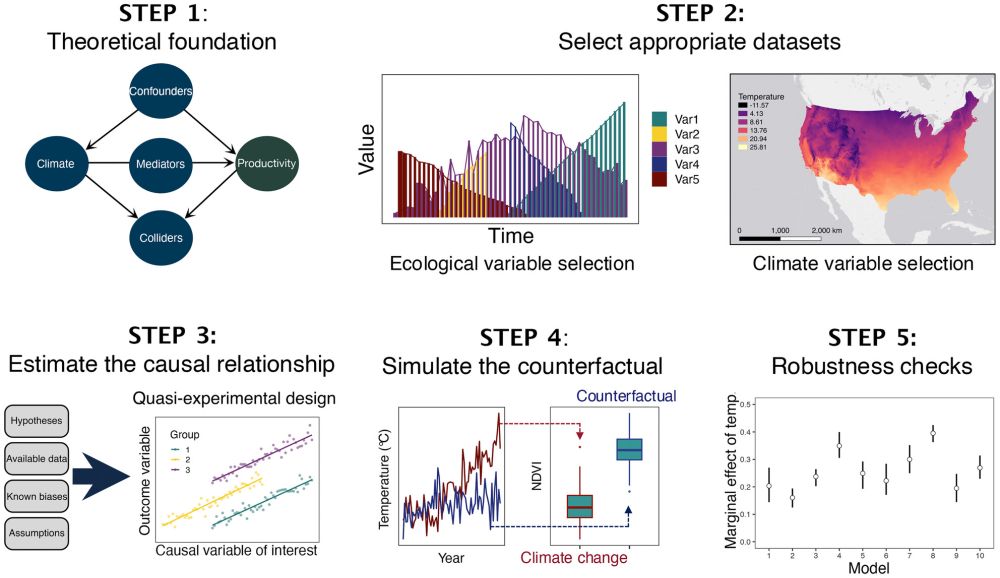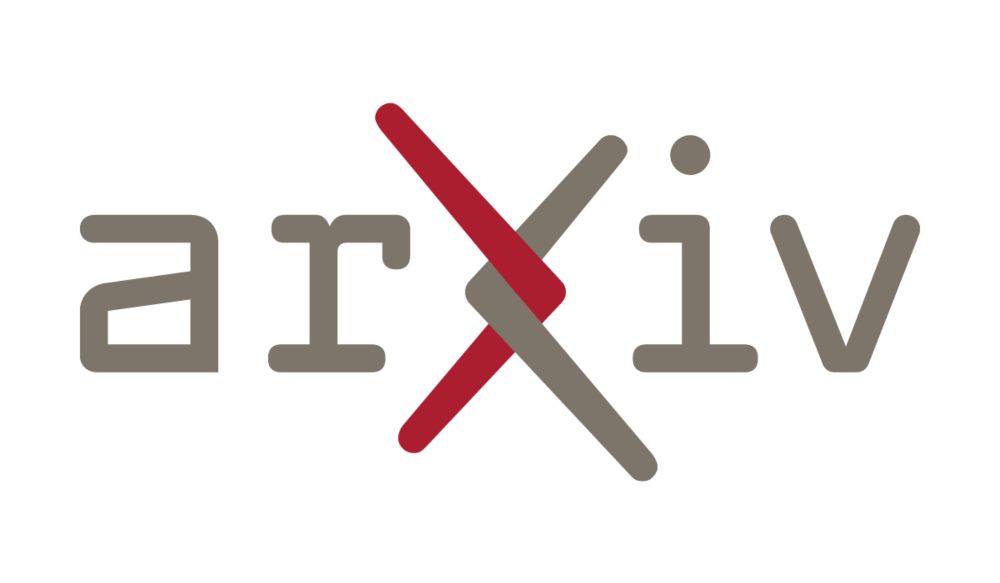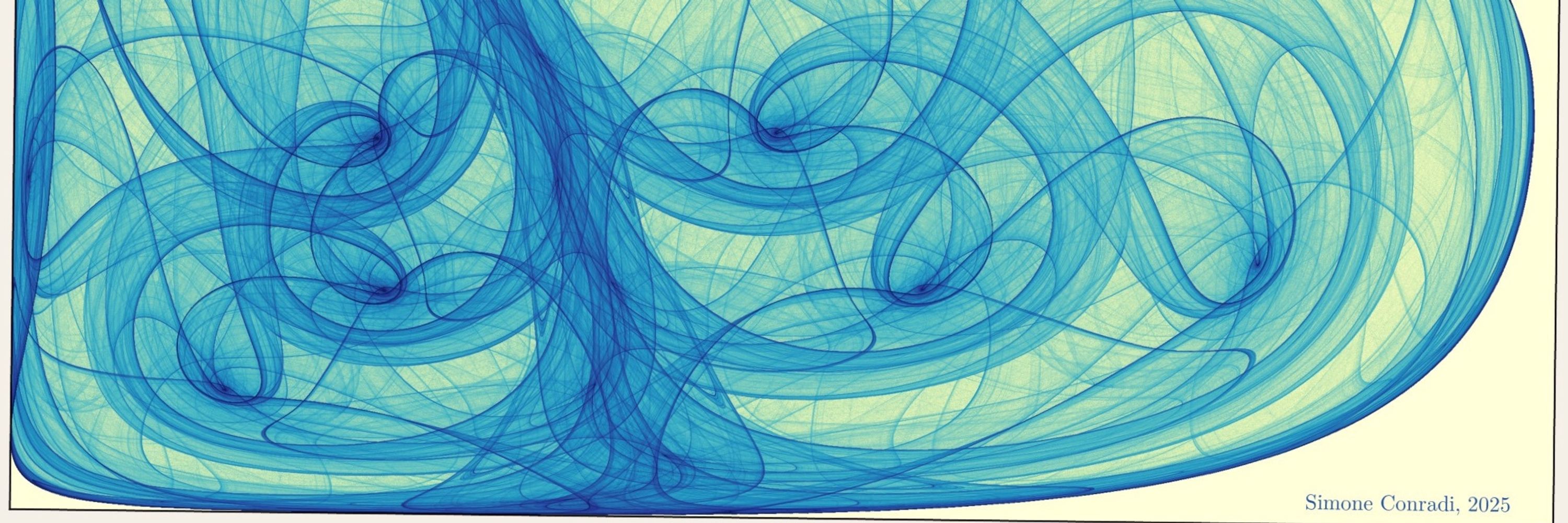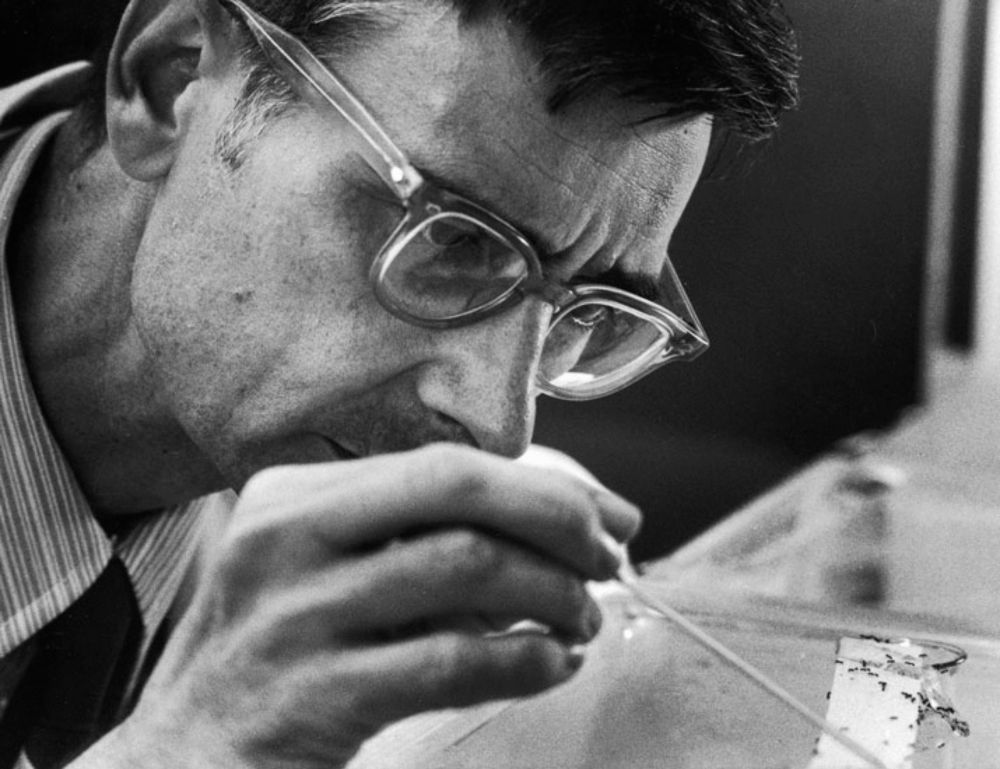Dominik Deffner
@dominikdeffner.bsky.social
1.4K followers
1K following
59 posts
Assistant Prof for Computational Modelling of Behaviour @unimarburg.bsky.social | (Social) decision-making and (cultural) evolution | https://www.uni-marburg.de/en/fb04/team-deffner/deffner | Prev. @arc-mpib.bsky.social @mpi-eva-leipzig.bsky.social
Posts
Media
Videos
Starter Packs
Reposted by Dominik Deffner
Reposted by Dominik Deffner
Reposted by Dominik Deffner
Reposted by Dominik Deffner
Reposted by Dominik Deffner
Reposted by Dominik Deffner
Reposted by Dominik Deffner
Reposted by Dominik Deffner
Reposted by Dominik Deffner
Reposted by Dominik Deffner
Reposted by Dominik Deffner
Reposted by Dominik Deffner
Reposted by Dominik Deffner
Reposted by Dominik Deffner
ESLR
@eslr.bsky.social
· Aug 18
Reposted by Dominik Deffner
Dr. Joan Dudney
@dudney-joan.bsky.social
· Aug 14

A Causal Inference Framework for Climate Change Attribution in Ecology
Accurately attributing ecological shifts to climate change remains a significant challenge. Here, we present an accessible causal inference framework designed for climate change attribution in observ...
onlinelibrary.wiley.com
Reposted by Dominik Deffner
Reposted by Dominik Deffner
Reposted by Dominik Deffner
Reposted by Dominik Deffner
Reposted by Dominik Deffner
Tobias Werner
@tfwerner.com
· Aug 5

Recognising, Anticipating, and Mitigating LLM Pollution of Online Behavioural Research
Online behavioural research faces an emerging threat as participants increasingly turn to large language models (LLMs) for advice, translation, or task delegation: LLM Pollution. We identify three int...
arxiv.org
























